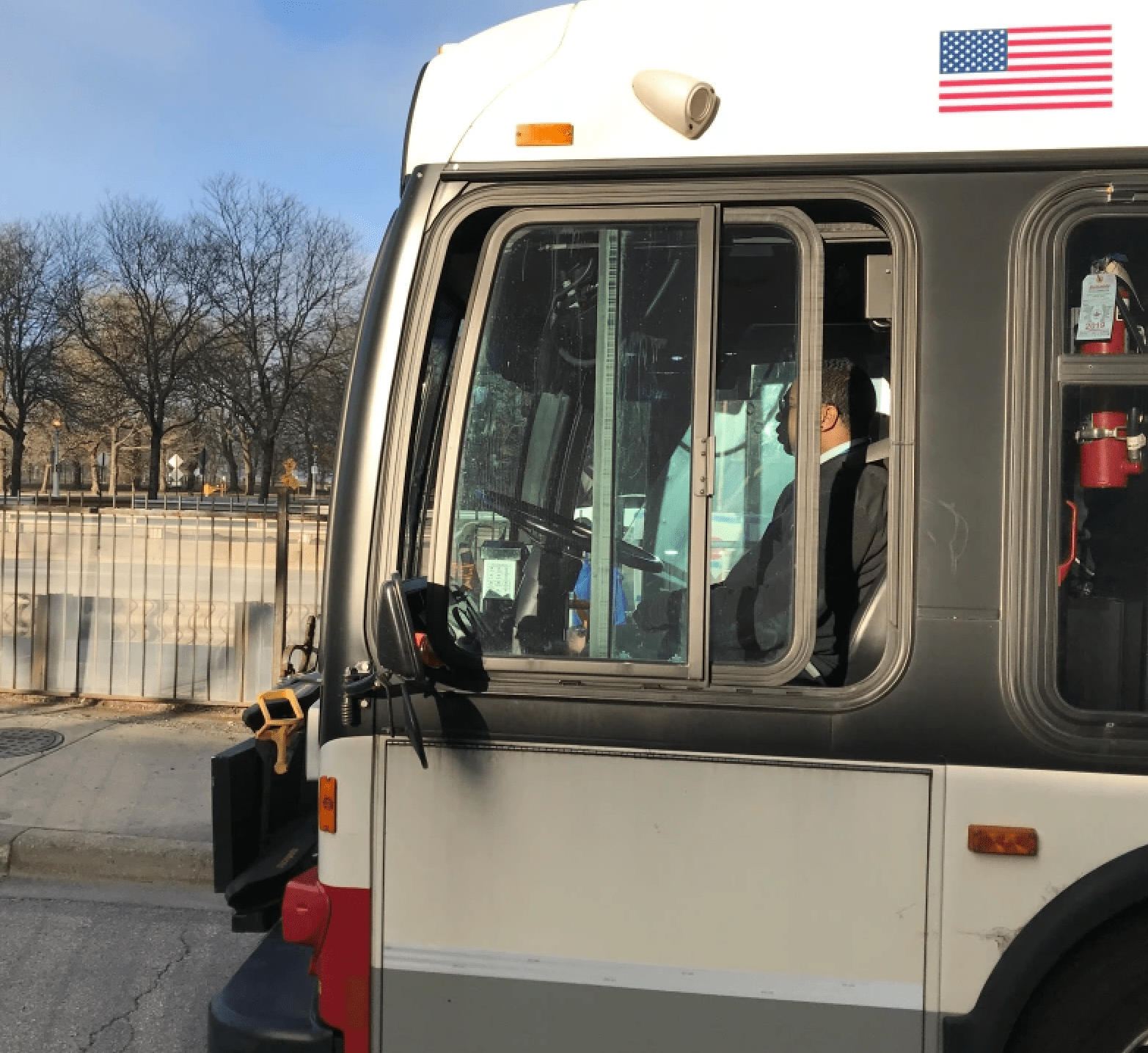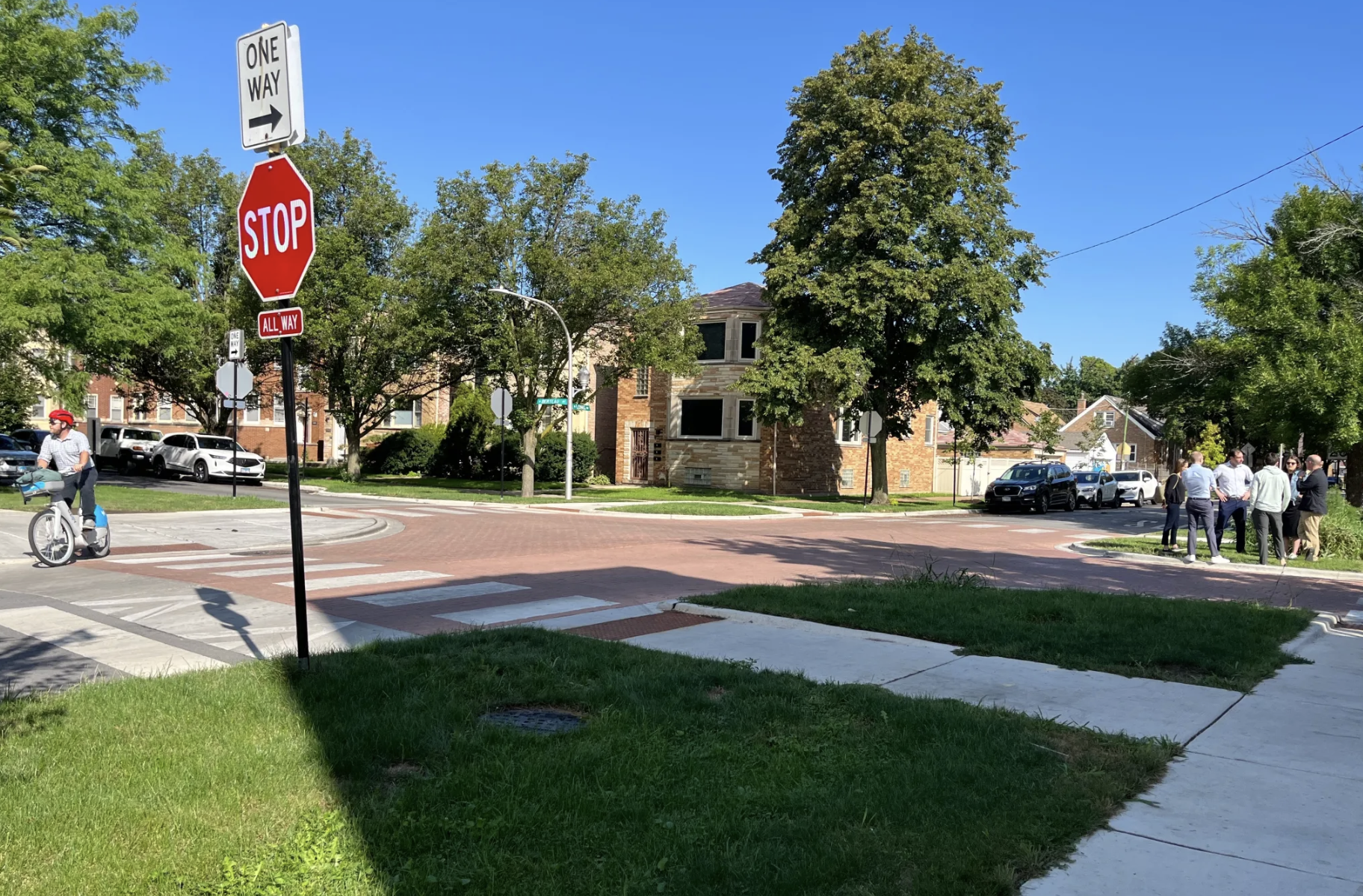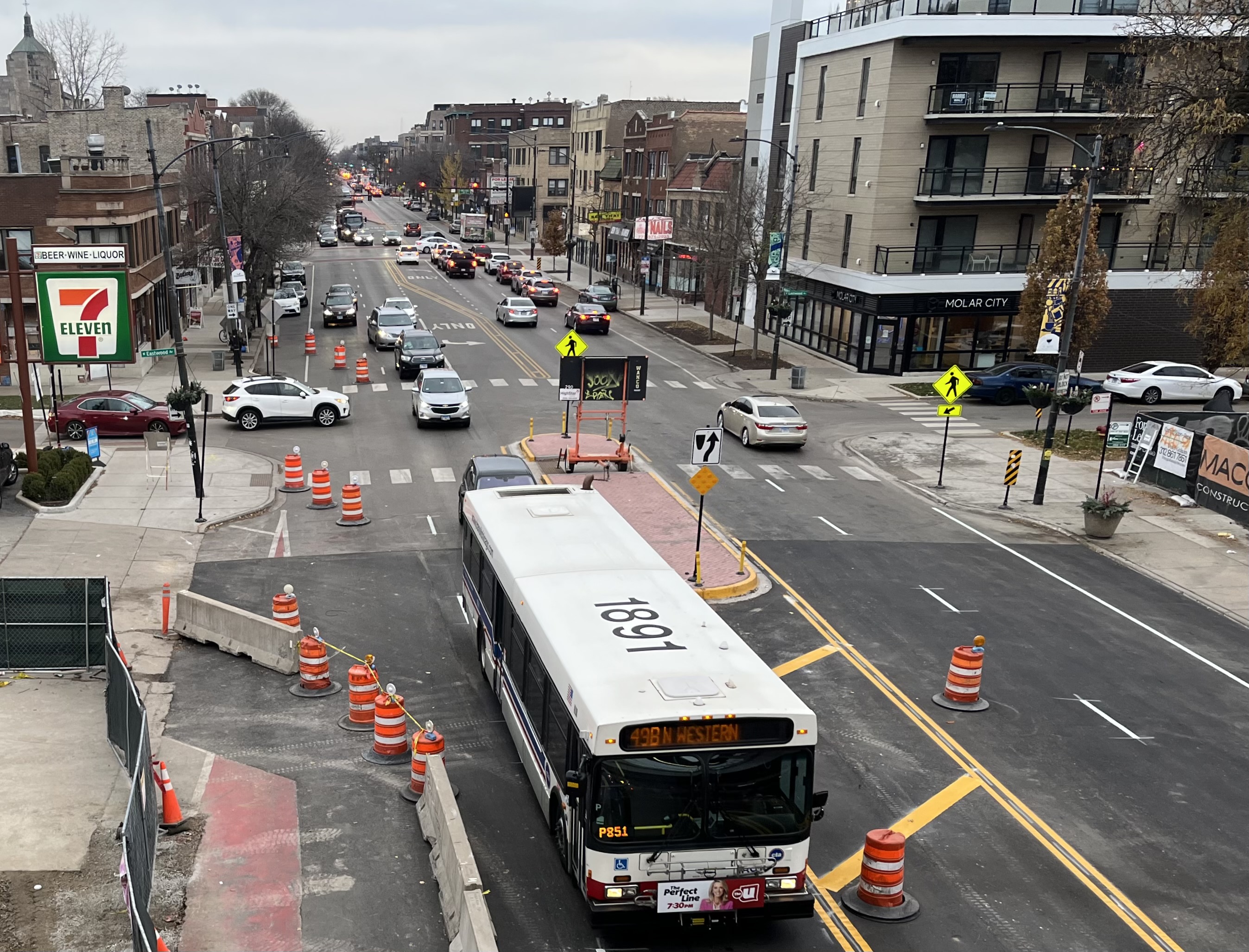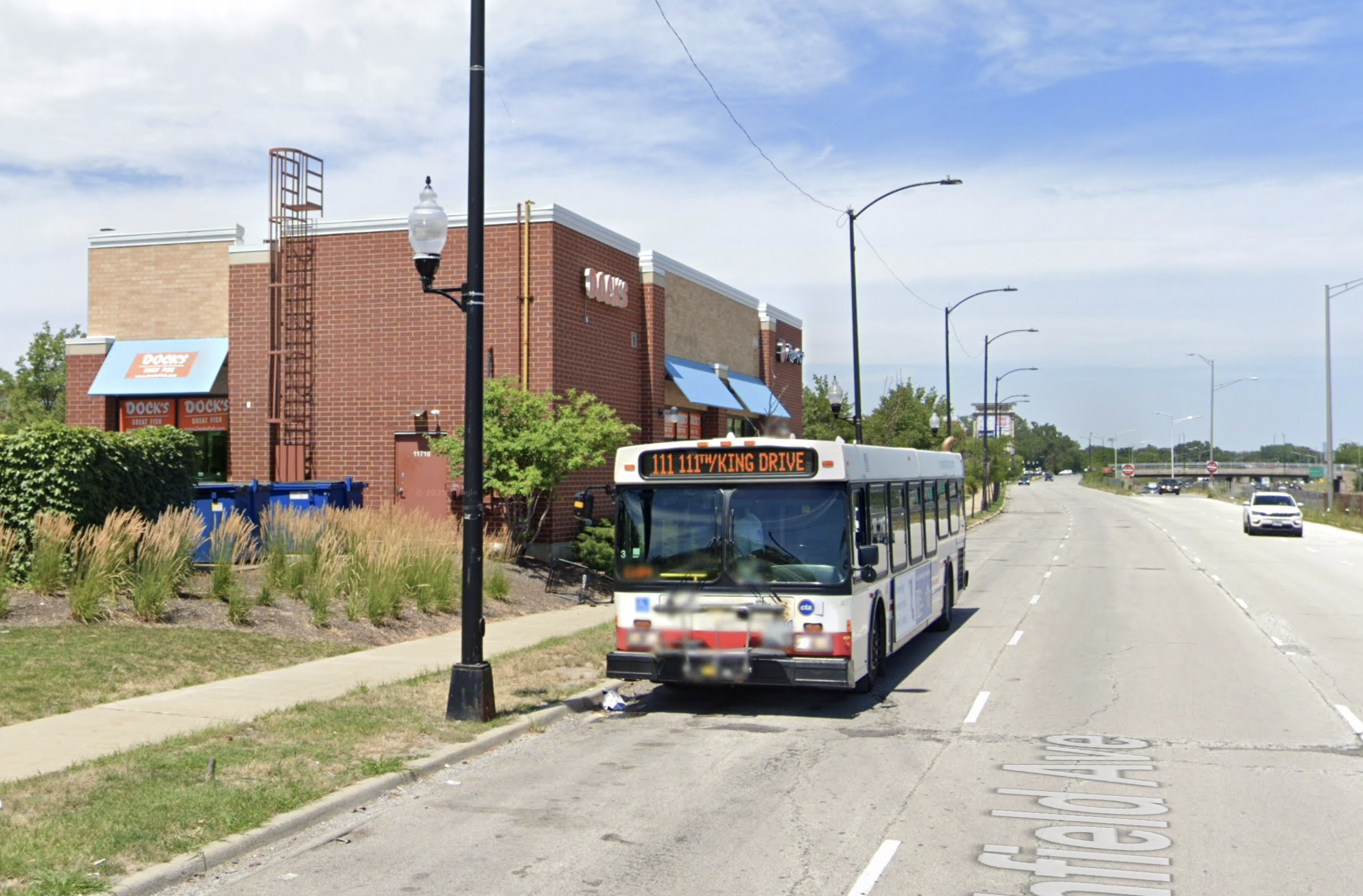CTA safety is on many Chicagoans' minds nowadays. I've seen recent stats, such as the 17 percent rise in violent crime on trains in the early months of this year, compared to the same period in 2021. And every weekday morning I scan the local headlines for cases, and in the past year it seems like there have been at least a couple of reported assaults each week. On April 14 of this year there were four robberies on the Red and Pink lines in a single night, at least three of them at gunpoint.
But the issue really hit home for me yesterday when I learned that the 64-year-old man who was robbed and suffered injuries last Monday night at the Addison Red Line station in Wrigleyville is an old acquaintance of mine, former WTTW "Wild Chicago" host Will Clinger. He sustained a brain bleed and a contusion while pursuing someone who snatched his phone, but thankfully it sound likes he's going to be OK. "There must have been a second guy next to the other door who got out and waylaid me with a pipe or something as I was chasing," he told CBS Chicago. "It's scary on the CTA right now."
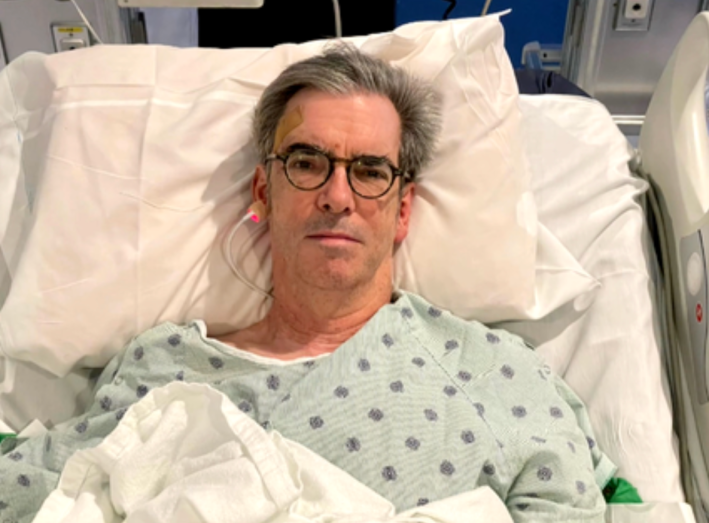
Chicago's transit safety issues are getting national press. Monday's New York Times article looking at rising crime on systems around the country quoted Museum of Science and Industry employee Anna Balla, 47, who said she stopped riding the 'L' after a violent incident last month at a Loop station. She fled the train after witnessing a young man on the platform striking a woman with a beer bottle as she recoiled and shrieked. “I was just worried that someone was going to pull out a gun, or if the cops arrived, it would become a shootout.”
Last week U.S. Senator Dick Durbin and Congressional rep Chuy Garcia sent a letter to the CTA arguing that "more needs to be done to protect CTA's frontline workers and passengers given the alarming increase in crime." They noted that there's a federal requirement for all transit agencies receiving Urbanized Area Formula Grant funding to establish safety committees made up up transit employees and managers to identify safety issues and strategies to address them. the deadline to form the committee is July 31. Moreover, the agencies must use a portion of the funding for safety-related projects recommended by the committees. The politicians urged the CTA to work with the local transit operator unions as soon as possible to form the mandated safety committee.
The issue of crime, as well as problematic rule-breaking like smoking in 'L' cars, is obviously on Mayor Lightfoot and the City Council's radar as well. On March 9, city officials announced that the CTA board had approved $71 million in multiyear contracts to more than double the number of unarmed guards on the system to over 200, and there would also be increased transit policing. According to yesterday's Block Club Chicago piece on CTA safety matters, 70 new security guards have been hired since then, and the agency said 200-220 guards are deployed on the system each day.
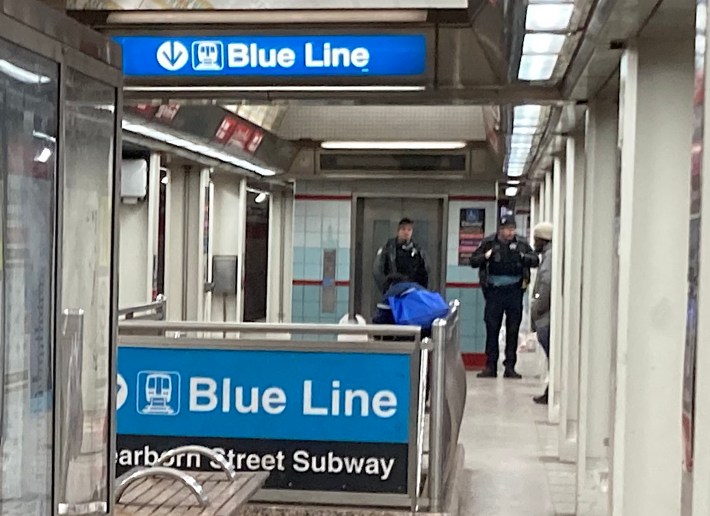
Yesterday, before the Council narrowly approved Lightfoot's Chicago Moves program to distribute $7.5 million in free gas cards and $5 million in transit cards, multiple aldermen called for reallocating the money for fossil fuel to CTA security efforts.
The mayor was defensive. "The CTA is safe," she insisted. "We're doing everything we can to make sure that our transit system is safe, throwing every possible resource at it. Because the public transit system is the lifeblood of our city, and the notion that somehow people won't ride it because it's not safe... Do we have our issues? Absolutely. Are we doing everything we can with the CTA to address it? Of course we are. More police, more visibility, more security, more cameras. And we will get to a place where people have confidence again in the CTA. But there's work to do."
However, multiple people quoted in the Block Club article, including transit riders and even security guards, said the new measures don't seem to be making any difference yet. "We’re unsafe on the trains because we’re just kid guards,” one guard said. “They just gave us a flashlight. What are we gonna do with a flashlight?… We’ve been spit on, attacked, all types of stuff.”
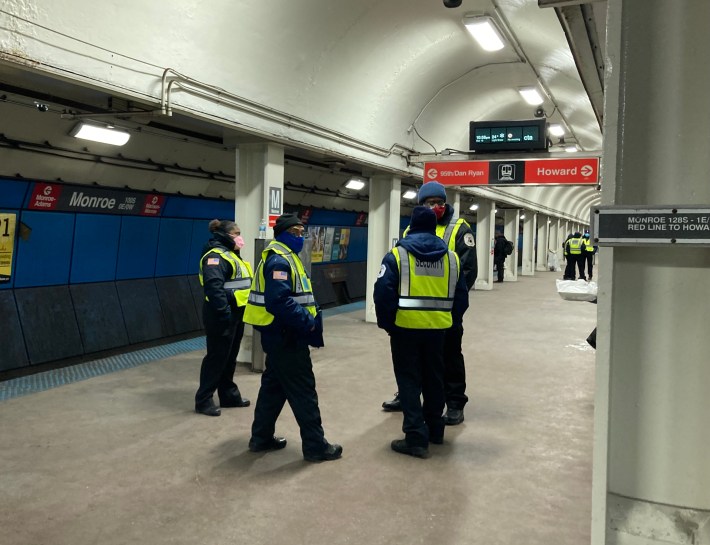
The New York Times piece quoted Christopher B. Leinberger, an emeritus business professor at George Washington University who studies transit and public space. He argued that the best way to improve safety on public transportation is to restore ridership, which plummeted during the COVID-19 pandemic. "Having lots of folks from all different incomes riding mass transit is the best way to suppress crime," Leinberger said. "Obviously the police have a major role to play, but it really comes down to having people, lots of eyes, on different people."
In addition to concerns about crime on the CTA, as well as quality of life issues on 'L' trains like the apparent increase in smoking and littering during the past two years, one of the factors that's keeping ridership from returning to full strength is that buses and trains have become much less reliable than before the pandemic. While Lightfoot initially boasted that Chicago was the only big U.S. city that didn't cut service during COVID, the city eventually acknowledged that wasn't true.
Due to factors like absenteeism from coronavirus cases, plus difficulty retaining and recruiting employees because of health concerns and a spike in violence against transit workers, the CTA has been short-staffed during COVID. The agency eventually admitted it's been running fewer trains and buses due to labor shortages. Nowadays the CTA even posts announcements basically apologizing in advance for possible service gaps due to staffing issues.

Anecdotally, Streetsblog has heard plenty of complaints about inordinately long waits for buses and trains. And Fabio Göttlicher, a mobile developer and frequent Blue Line rider recently quantified the problem. He analyzed Blue Line Train Tracker data and found that since early December 2021 the CTA has only been running about half of the scheduled service on the line.
So what if we took a different approach and, instead of spending scores of millions of dollars on security personnel, focused on getting the CTA workforce up to full strength? This strategy would increase reliability, ridership, and safety, by having more eyes in the 'L' cars to deter crime and bad behavior.
In fairness, the CTA has made some progress in that department. On February 18, the agency announced a new labor contract with Amalgamated Transit Union locals #241 and #308, which represent bus and train operators. The four-year deal includes a 9.25 percent pay hike, plus a 5 percent, one-time payment for hours worked in the first year of the pandemic. That reflecting the fact that the work was more hazardous then because vaccines were unavailable.
But surely there's more that can be done to hire as many CTA workers as necessary to get rid of these infuriating service gaps, which are suppressing ridership, and therefore undermining public safety. More advertising of the positions, hiring bonuses, additional perks to attract and retain bus and train drivers – whatever it takes, let's get it done.
